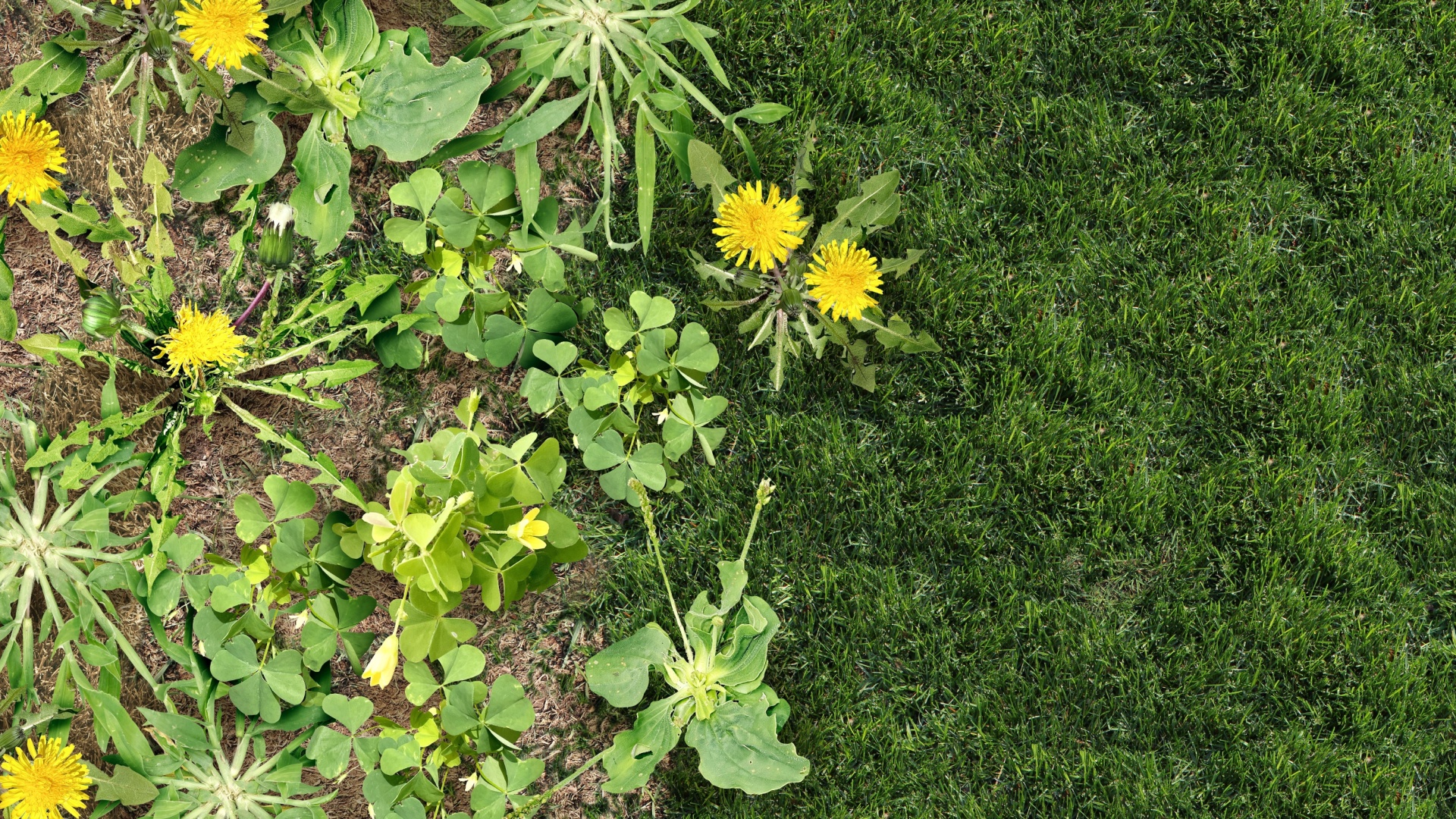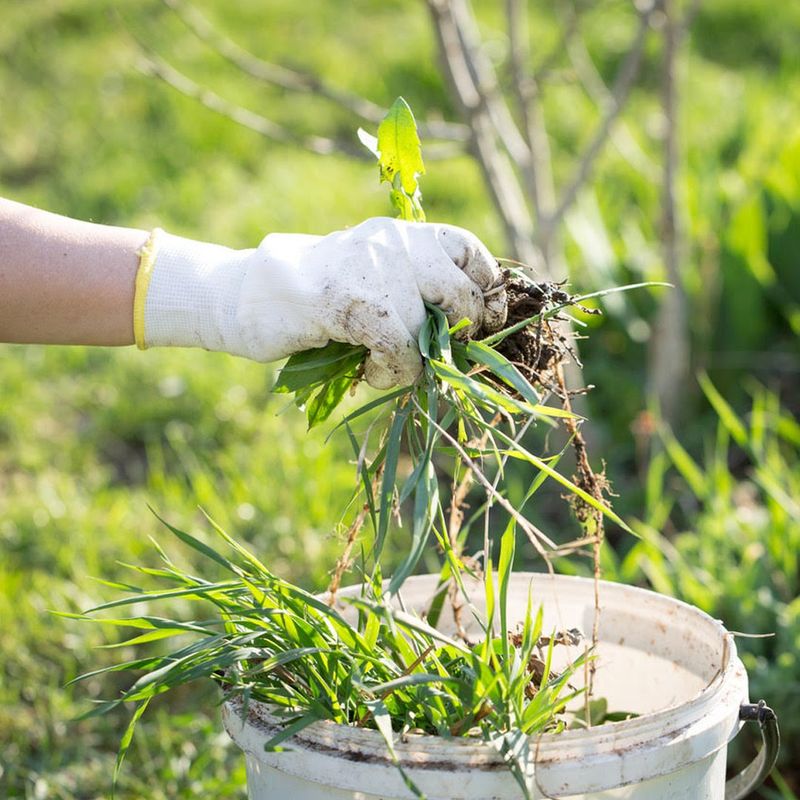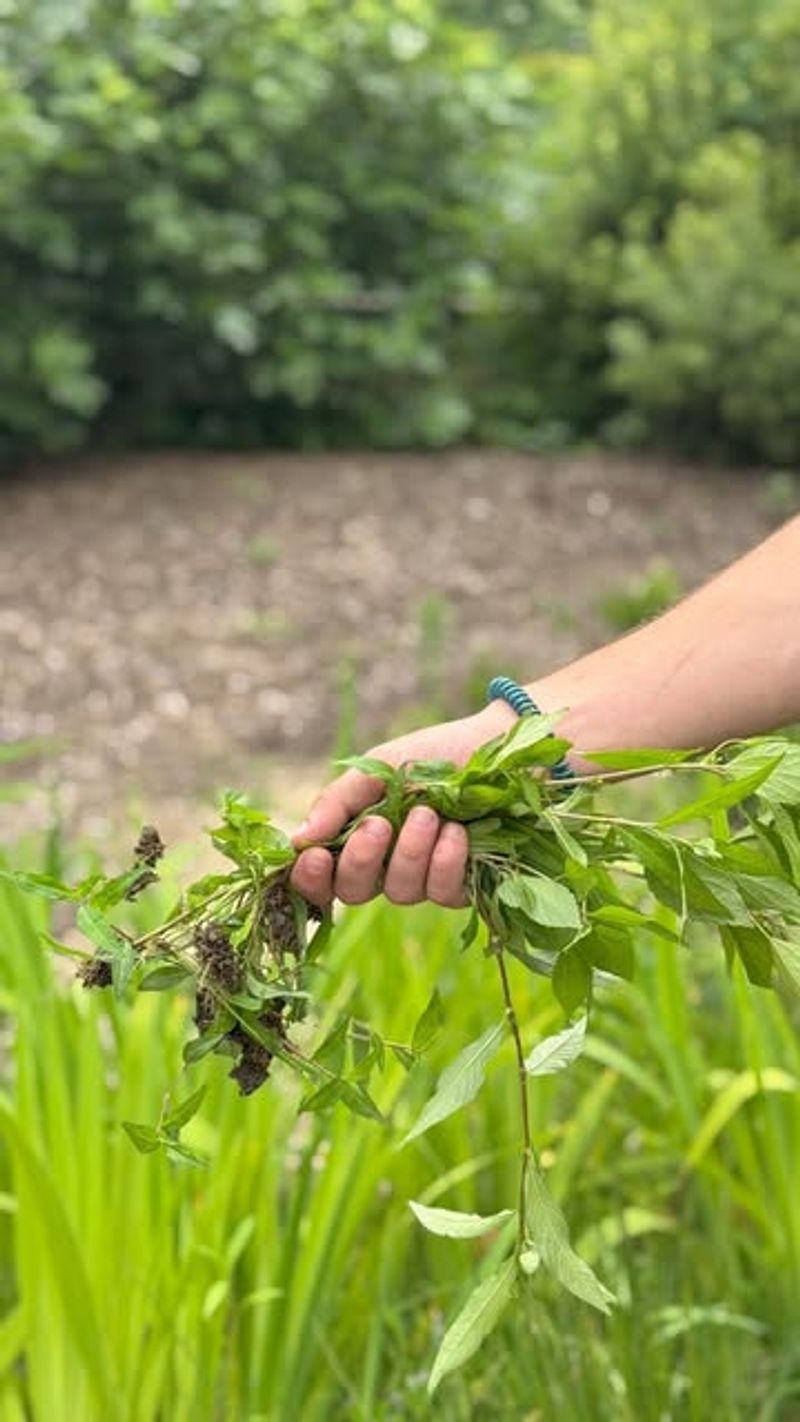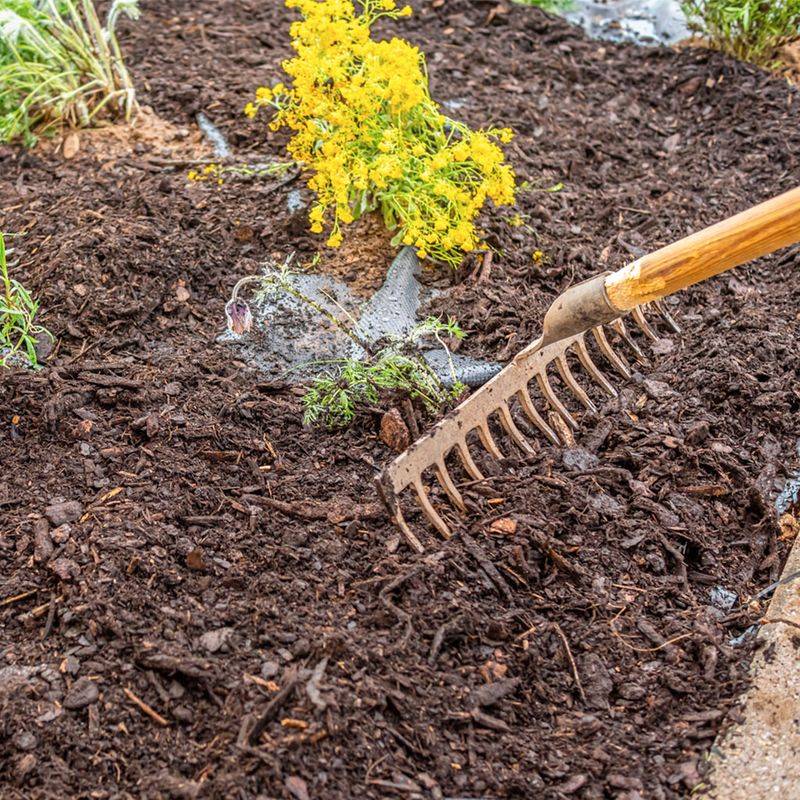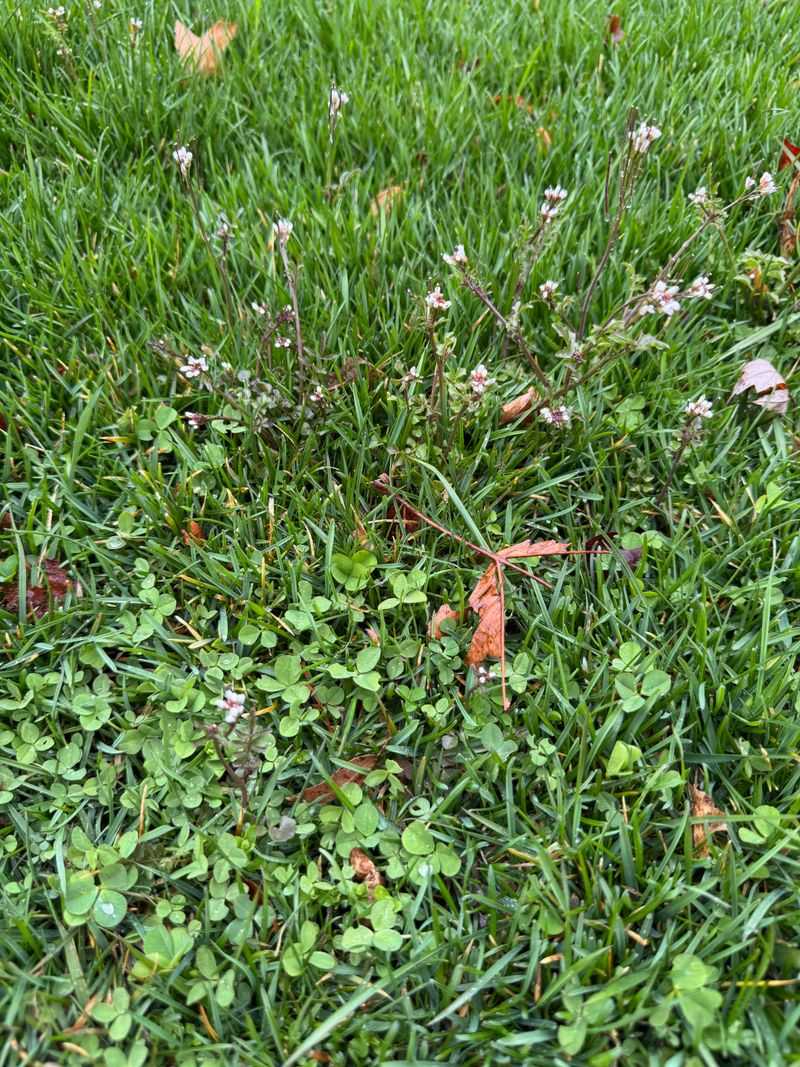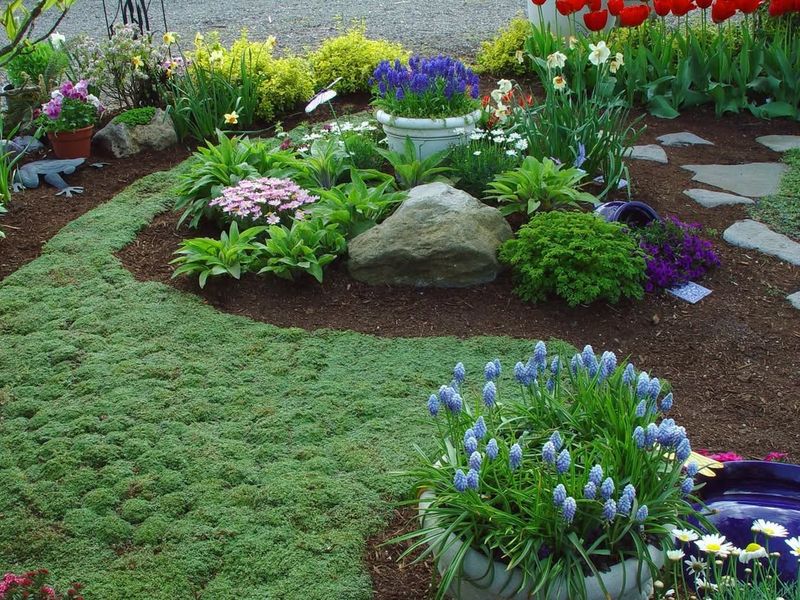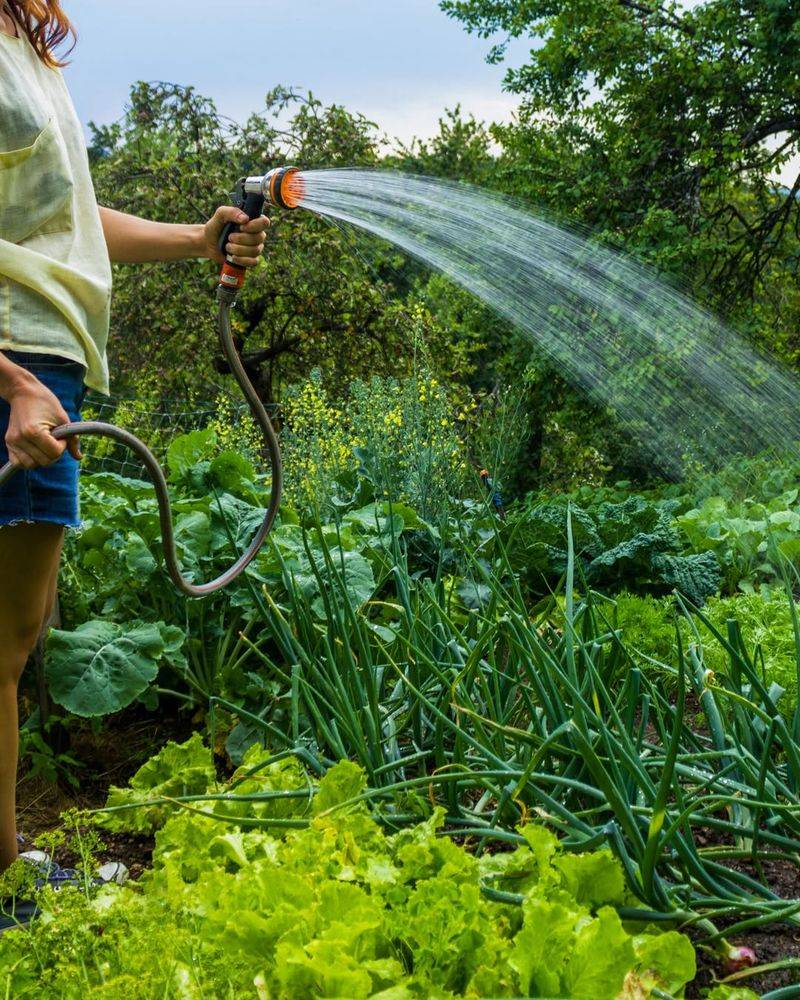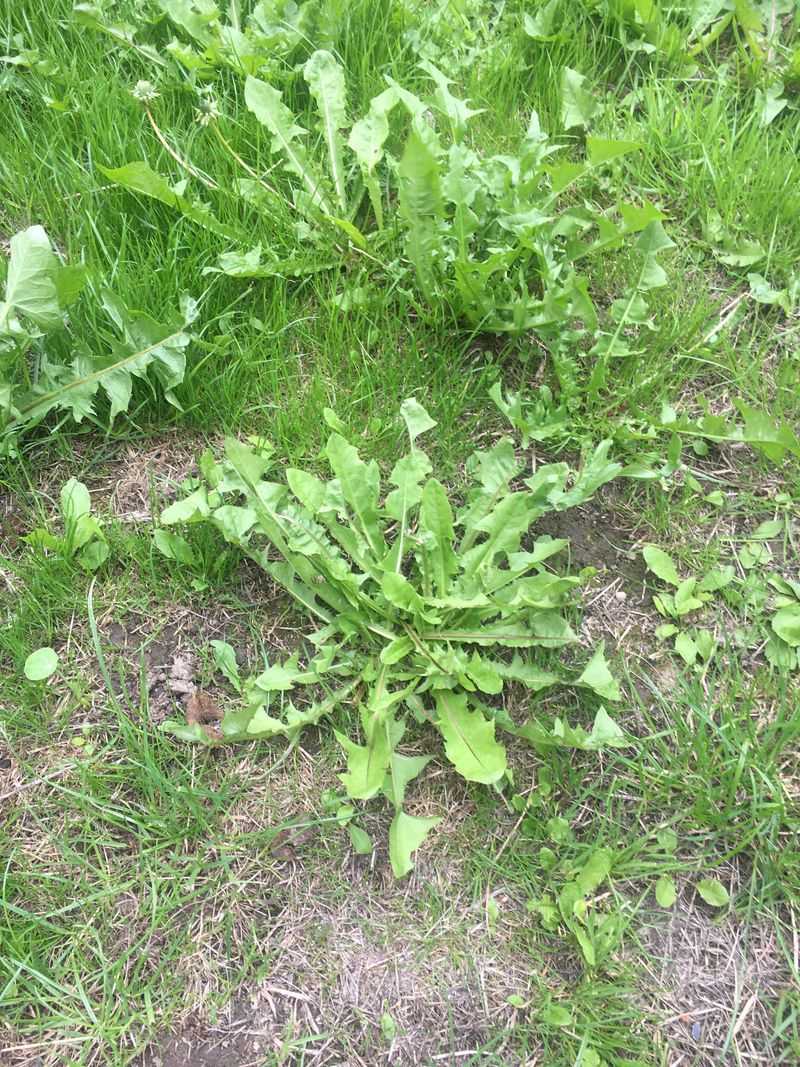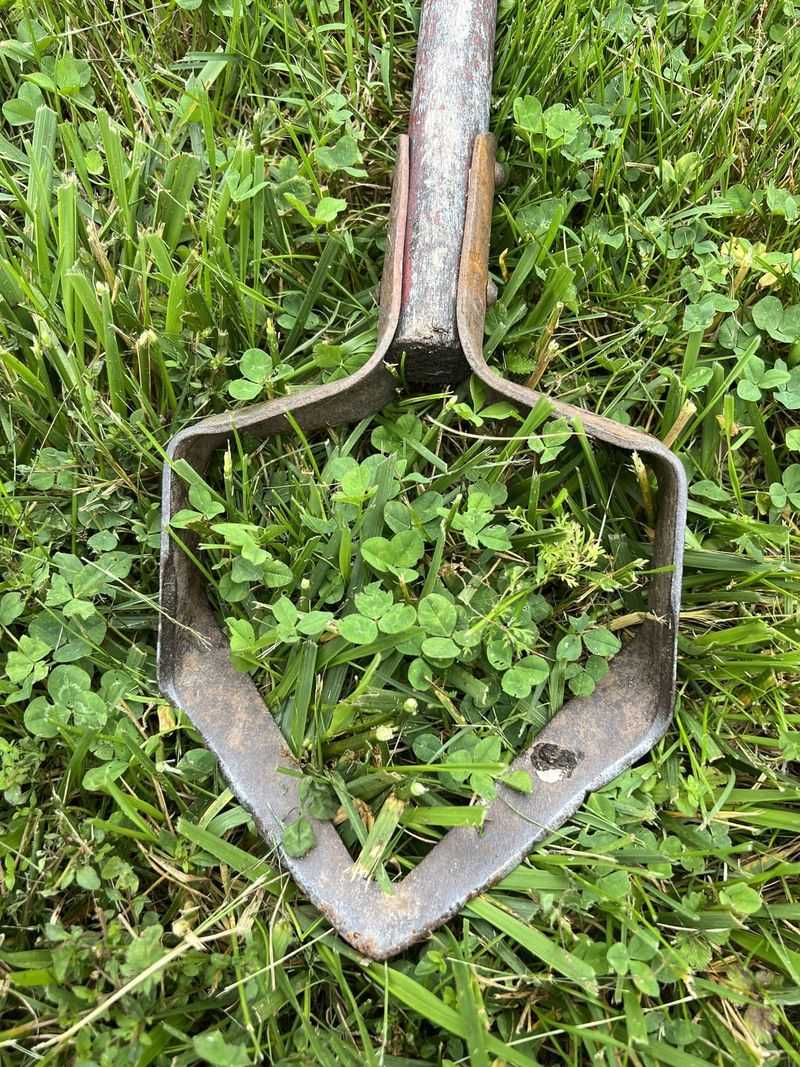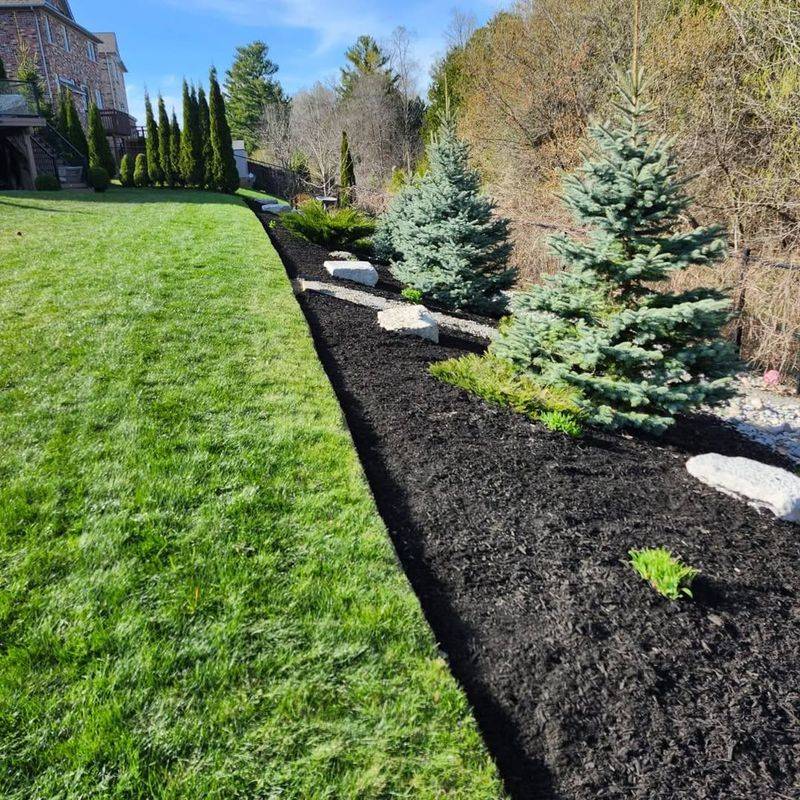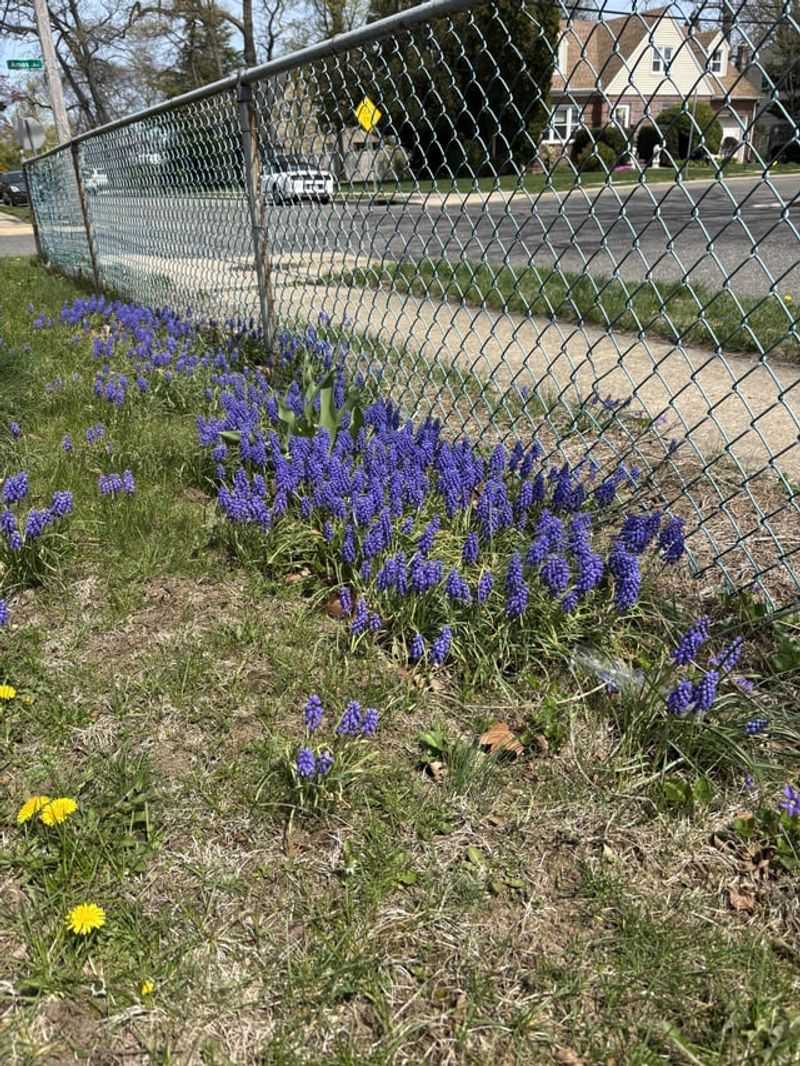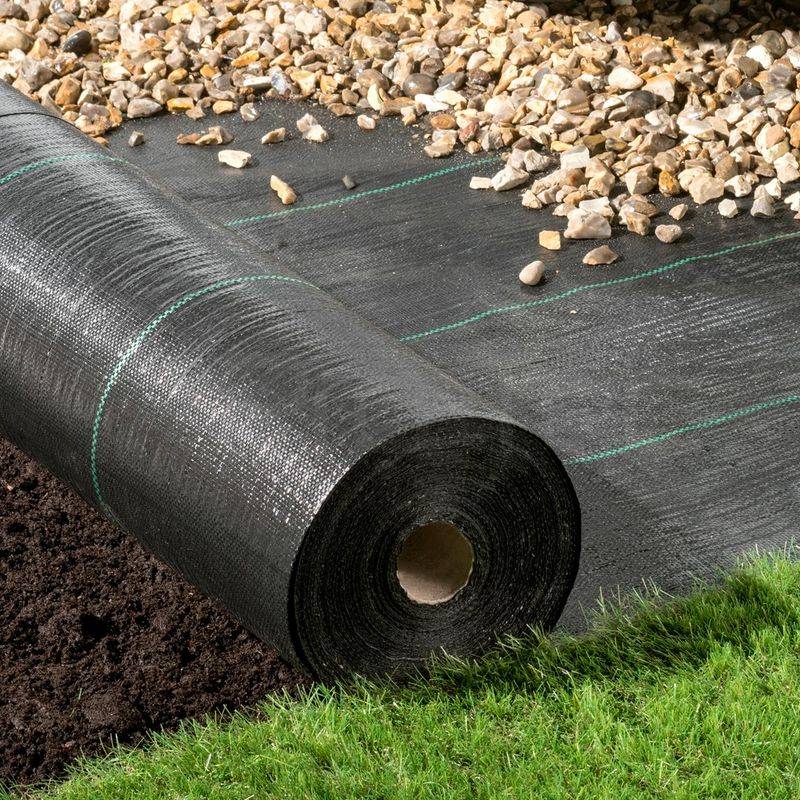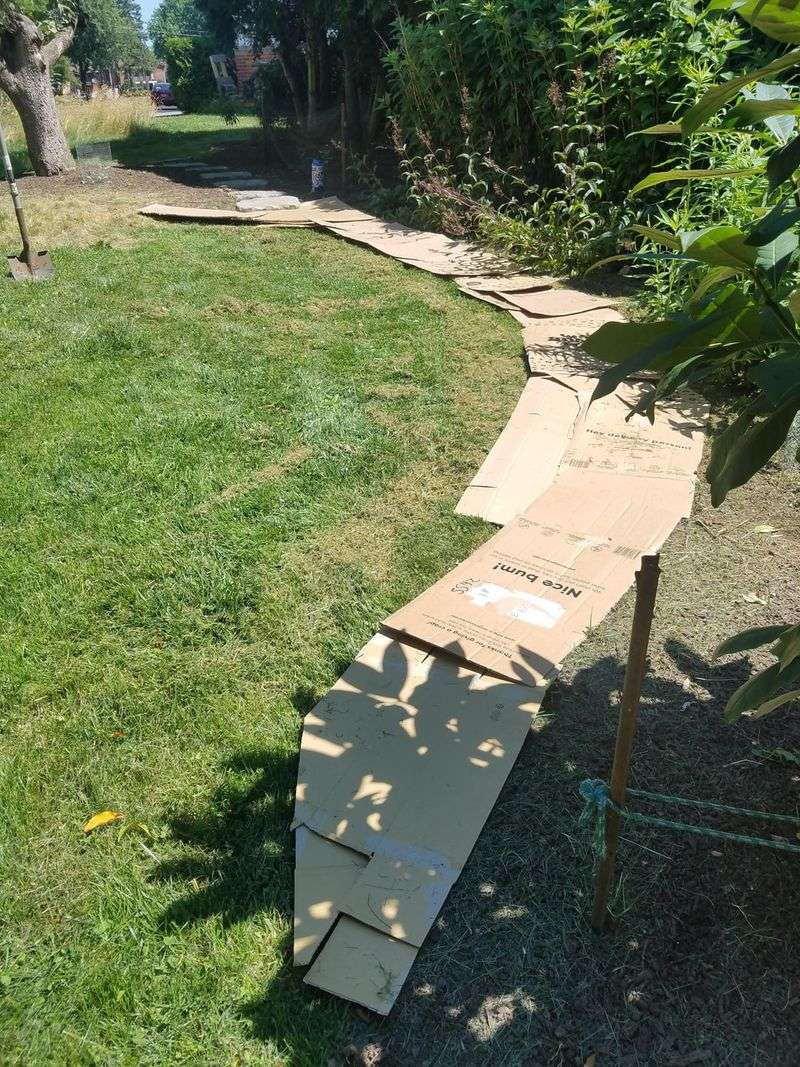Weeding is the task gardeners dread most, yet it’s essential for a thriving garden. The biggest mistake most of us make? Waiting too long to tackle those pesky invaders. When weeds establish deep roots and spread seeds, the battle becomes ten times harder.
Fortunately, there are smarter approaches that can save your back and keep your garden looking spectacular.
1. Waiting To Weed
The cardinal sin of garden maintenance! Procrastinating on weeding gives these botanical bullies time to establish strong root systems and scatter thousands of seeds throughout your soil.
Once weeds mature, they become significantly harder to remove completely. Their roots grow deeper and more tenacious, often breaking when you try to pull them, leaving fragments that regenerate into new plants.
A single mature weed can produce enough seeds to plague your garden for years to come. What could have been a quick five-minute task becomes hours of backbreaking labor.
2. Weed Early And Often
Make weeding a regular part of your garden routine instead of an occasional marathon session. Young weeds with shallow roots practically slide out of moist soil with minimal effort.
Spend just 10 minutes daily patrolling your garden with a hand tool and bucket. Morning weeding sessions can be surprisingly peaceful—a moment of mindfulness before the day begins.
Regular attention prevents weeds from flowering and setting seed, gradually depleting your garden’s weed seed bank over time. Your future self will thank you!
3. Mulch Your Garden Beds
A thick layer of mulch works like a cozy blanket that smothers weed seeds before they can sprout. Organic options like wood chips, straw, or shredded leaves not only block weeds but improve soil health as they break down.
Apply a 2-3 inch layer around established plants, keeping it pulled back slightly from stems and trunks. Refresh your mulch annually or when you notice it thinning out.
Beyond weed suppression, mulch conserves moisture, moderates soil temperature, and gives your garden a tidy, finished appearance.
4. Use Pre-Emergent Weed Control
Pre-emergent herbicides create an invisible barrier that stops weed seeds from sprouting in the first place. They don’t kill existing weeds but prevent new ones from establishing—like closing the garden gate before the weeds get in.
Apply in early spring before weed seeds germinate. Corn gluten meal offers an organic alternative that also adds nitrogen to your soil as it breaks down.
Remember that pre-emergents can’t distinguish between weed seeds and desirable plant seeds, so use carefully in areas where you want self-seeding flowers.
5. Plant Ground Covers
Nature abhors bare soil, quickly filling empty spaces with opportunistic weeds. Beat weeds at their own game by planting low-growing ground covers that create living mulch.
Creeping thyme, sweet woodruff, or ajuga quickly spread to form dense mats that shade the soil and outcompete weeds. For vegetable gardens, consider beneficial living mulches like clover between rows.
The best ground covers establish quickly, require minimal maintenance, and add texture, color, or fragrance to your landscape. Many attract pollinators too—a bonus for your garden ecosystem!
6. Water Only Your Plants, Not Weeds
Every drop of water you give to weeds helps them thrive. Targeted watering delivers moisture exactly where your plants need it while keeping the spaces between relatively dry.
Drip irrigation or soaker hoses apply water directly to the soil around your desired plants. Hand watering with a watering wand gives you complete control over which plants receive moisture.
Morning watering allows foliage to dry quickly, reducing disease problems. As an added benefit, precise watering conserves water and reduces your utility bills—a win for your garden and wallet!
7. Pull Weeds After Rain
Timing is everything when it comes to efficient weeding. After a good rain shower, weeds practically surrender, sliding from the softened soil with minimal resistance.
The entire root system comes out intact when soil is moist but not muddy. Wait until you can walk in your garden without creating mud pits—usually a few hours after rainfall.
Keep a dedicated weeding tool and bucket near your garden door so you’re ready to take advantage of perfect post-rain weeding conditions. Even five minutes of opportunistic weeding saves hours of struggle later.
8. Use A Hoe For Surface Weeds
For young, shallow-rooted weeds, nothing beats the efficiency of a sharp hoe. The blade slices through weed stems just below the soil surface, separating them from their roots.
Work on dry, sunny days so severed weeds quickly wither rather than re-rooting. A scuffle or stirrup hoe allows you to work while standing upright, saving your back from strain.
Maintain a sharp edge on your hoe by filing it regularly. A sharp tool cuts through weeds with minimal effort, turning a tedious chore into a quick, satisfying task.
9. Keep Garden Edges Trimmed
Garden borders often serve as weed superhighways, allowing invaders to creep into your carefully tended beds. Creating clean, defined edges creates a defensive perimeter against weed invasion.
Use a half-moon edger to cut crisp boundaries between lawn and garden beds. Install physical barriers like metal edging or buried pavers that block grass roots from spreading underground.
Regular trimming with string trimmers keeps edges neat and prevents weeds from establishing. This simple maintenance not only reduces weeding but instantly makes your garden look more polished and intentional.
10. Don’t Let Weeds Go To Seed
A single dandelion can produce over 2,000 seeds, each capable of remaining viable in soil for years. Breaking the reproductive cycle is crucial—remove flowering weeds immediately, even if you don’t have time for thorough weeding.
Keep pruners or scissors handy for emergency “deadheading” when you spot weeds in bloom. Bag and dispose of seed heads rather than composting them.
Remember the gardener’s adage: “One year of seeds means seven years of weeds.” Even if you can’t pull the entire weed, removing the flowers prevents thousands of future weeding sessions.
11. Use Landscape Fabric
For long-term weed suppression in permanent plantings, landscape fabric creates a physical barrier that blocks weeds while allowing water and nutrients to reach plant roots.
Choose high-quality, woven fabric rather than thin plastic sheets. Cut X-shaped slits for planting, making them just large enough for your plants but not for weeds to squeeze through.
Cover the fabric with mulch for aesthetic appeal and UV protection. While initially more expensive than mulch alone, quality landscape fabric can provide years of weed protection with minimal maintenance.
12. Smother Weeds With Cardboard Or Newspaper
Transform your recycling bin into a weed-fighting arsenal! Thick layers of cardboard or newspaper create an eco-friendly barrier that blocks light and eventually breaks down into soil-enriching organic matter.
Overlap edges generously to prevent gaps where determined weeds might emerge. Wet the paper materials thoroughly before covering with mulch to prevent them from blowing away.
This method works beautifully for creating new garden beds over lawn or weedy areas without digging. By fall, most cardboard will decompose enough for plant roots to penetrate, leaving you with weed-free, ready-to-plant soil.
13. Deploy Goats As Your Garden Cleanup Crew
Rent a small herd of goats to naturally clear your overgrown areas before planting. These four-legged weed warriors will happily munch through even the toughest invasive plants that human gardeners struggle to remove. Their digestive systems destroy most weed seeds, preventing future sprouting.
Goats also fertilize as they go, enriching your soil with natural manure. Unlike chemicals or machinery, they can access difficult terrain and work around the clock. Many urban areas now have goat rental services specifically for eco-friendly landscape maintenance.
Fun fact: A single goat can clear approximately 300 square feet of weedy area per day! Just be sure to protect any plants you want to keep—goats aren’t picky about what they consider a ‘weed.’

